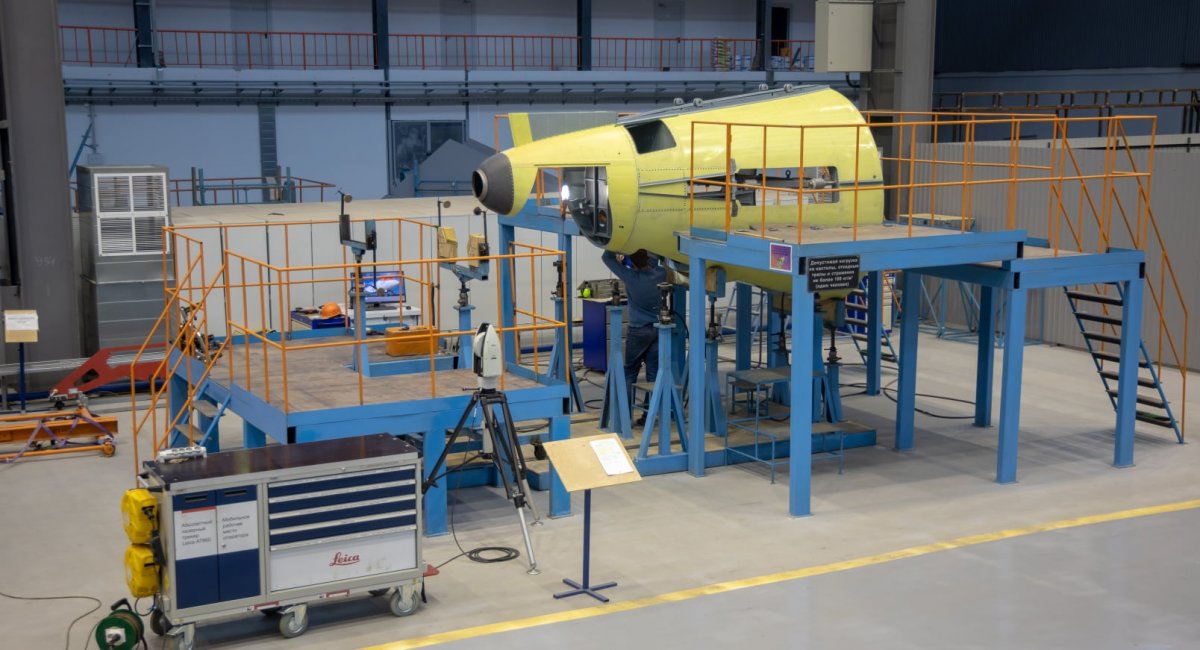
The Russian Federation not only retroactively rewrote the plan for the production of airplanes and helicopters, but also showed the state of this industry, which is a marker of the level of the industry as a whole.
The fact that things are not as good in Russia as the Kremlin is trying to show is gradually becoming clear from the statements of top officials. And one of the markers of the real state of affairs is the aviation industry. Recently, in an extremely lengthy interview, the head of Rostec, Sergey Chemezov, actually admitted that there will be no civil aviation in Russia from 2030. But now it turns out that the very degradation of this sector is enshrined in official state legislation. In particular, two years ago, against the backdrop of toughening sanctions and the withdrawal of Boeing and Airbus from the Russian market, the Russian government adopted the Comprehensive Program for the Development of the Air Transport Industry of the Russian Federation until 2030 by Order No. 1693-r of June 25, 2022. It set out the projected indicators for the supply of passenger airplanes and helicopters by year until 2030. In particular, it was planned to produce 20 units of the “import-substituting” Superjet 100, and to start production of the MS-21 in 2024 and reach the level of 72 aircraft per year.

Two years later, on May 4, the same Russian government issued Decree No. 1102-r and amended these plans and schedules. At the same time, it replaces not only the forecast for 2025-2030, but also the previous period, in which the figures are sharply reduced and begin to correspond to the actual ones. And with this easy replacement, Moscow not only “rewrote the past” but also made sure that the Russian aviation industry not only did not fail the plan, but, on the contrary, successfully fulfilled it. In particular, the new version of the passenger aircraft delivery figures by year until 2030 are as follows:

The Superjet 100 will not be produced at all until 2026, and the MS-21 will be moved to the right by a year. But 142 and 270 of them are still to be produced at an even more Stakhanovian pace. A similar failure with the Il-114-300, but the need for the aircraft has been reduced. As well as with the Tu-214, which, together with the Il-96, are the only serial passenger aircraft in Russia with a production rate of 1 (one) per year. No less optimistic were the figures for helicopters, with a plan to produce more than 90 in 2022, set a record in 2023 with 113, and then stay in the average range of 70-80 helicopters annually.

As a result, the situation with helicopters is somewhat similar, as there is a reduction in production from 2022 to 2024, although not as critical as with airplanes.

However, in this situation, it may be more important to approve the production volumes of engines for both passenger airplanes and helicopters. At the same time, according to the 2022 plan, production of the PD-8 and PD-14 engines was to begin in 2023 and 2024, with a very rapid launch of large-scale production. And the production of VK-2500, a copy of Motor Sich’s TV3-117, which is used by most Russian helicopters, is to be carried out at a rate of 250 per year, i.e. for 125 helicopters.

As a result, we have a failure with VVER-8, with a two-year delay in its launch, and a decrease in the start-up production of VVER-14, which directly indicates that as of May this year, it is not yet in production. But the main thing is the failure to produce VK-2500 and TV3-117 and the halving of plans.

And it is worth recalling that back in April 2023, the Russian Federation recognized a shortage of VK-2500 helicopter engines. Why this is important, what it means, and why you are touching on all the racists – in a separate article. In this situation, objectively, everything is positive. Both the Kremlin’s realization of the failure of its aviation industry and its “confident look” into the future, with the understanding that it will not be possible to catch up with the plan, as well as the fact that the planned production figures themselves “dance” with the need, not the real possibilities.

